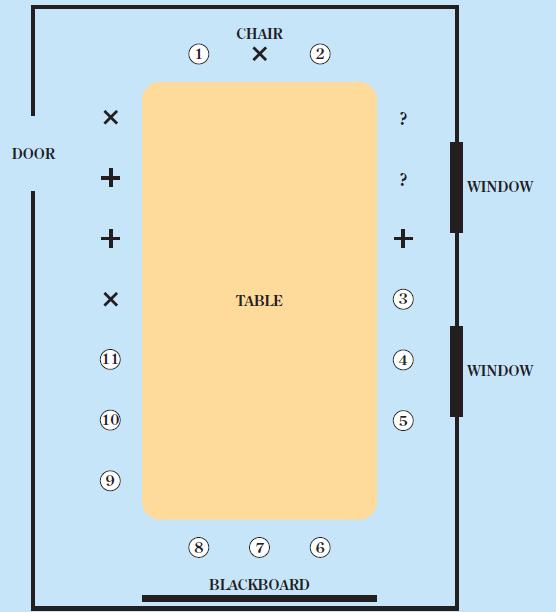1. Form into groups as assigned by your instructor. 2. Read the following situation. A number of...
Question:
1. Form into groups as assigned by your instructor.
2. Read the following situation.
A number of years ago, Professor Stevens was asked to attend a departmental meeting at a university. He had been on leave from the department, but a junior faculty member discreetly requested that he attend to protect the rights of the junior faculty. The Chair, or head of the department, was a typical Machiavellian, whose only concerns were self-serving. Professor Stevens had had a number of previous disagreements with the Chair. The heart of the disagreements centered around the Chair’s abrupt and domineering style and his poor relations with the junior faculty, many of whom felt mistreated and scared.
The department was a conglomeration of different professorial types. Included in the mix were behavioralists, generalists, computer scientists, and quantitative analysts. The department was embedded in the school of business, which had three other departments. There was much confusion and concern among the faculty, since this was a new organizational design. Many of the faculty were at odds with each other over the direction the school was now taking.
At the meeting, a number of proposals were to be presented that would seriously affect the performance and future of certain junior faculty, particularly those who were behavioral scientists.
The Chair, a computer scientist, disliked the behaviorists, who he felt were “always analyzing the motives of people.”
Professor Stevens, who was a tenured full professor and a behaviorist, had an objective to protect the interests of the junior faculty and to counter the efforts of the Chair.
Including Professor Stevens, there were nine faculty present. The accompanying diagram below shows the seating arrangement and the layout of the room. The s signify those faculty who were allies of the Chair. The s are those opposed to the Chair and supportive of Professor Stevens, and the ?s were undecided and could be swayed either way. The circled numbers represent empty seats. Both ?s were behavioralists, and the next to them was a quantitative analyst. Near the door, the first was a generalist, the two s were behavioralists, and the second was a quantitative analyst. The diagram shows the seating of everyone but Professor Stevens, who was the last one to enter the room. Standing at the door, Professor Stevens surveyed the room and within 10 seconds knew which seat was the most effective to achieve his objective.
3. Answer the following questions in your group.
1. Which seat did Professor Stevens select and why?
2. What is the likely pattern of communication and interaction in this group?
3. What can be done to get this group to work harmoniously?
Step by Step Answer:

Organizational Behavior
ISBN: 9780470878200
12th Edition
Authors: John R. Schermerhorn, Mary Uhl-Bien, Richard N. Osborn





